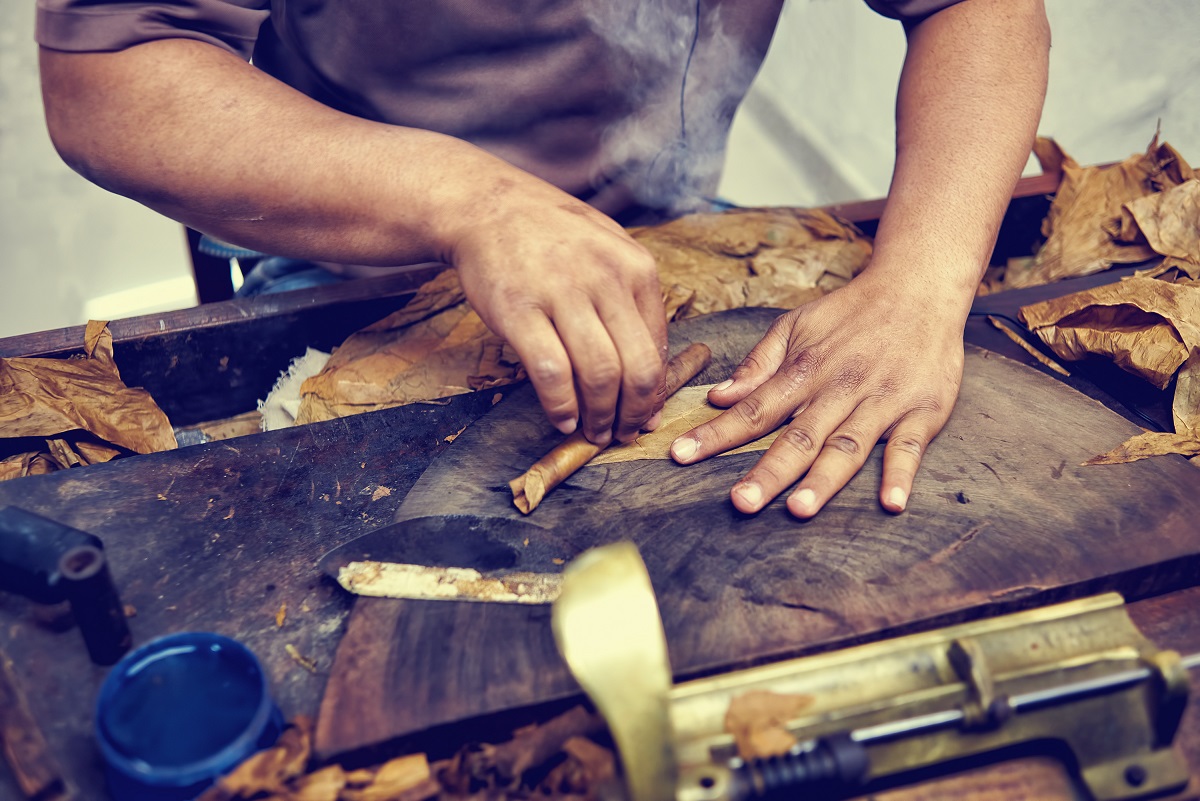Different Types of Cigar Wrappers
Posted by Corona Cigar Co. on Feb 22 2019

Different Types of Cigar Wrappers
The wrapper is the first thing you notice about a cigar. Manufacturers know that the wrapper affects the outward appearance and is used as an indicator as to what's inside. Somewhere between 60% to 90% of the flavor of a cigar can be determined by the wrapper, so it's important to know their different attributes. Whether you're looking through a humidor to find just the right cigar, or you're researching cigars online, here are some things you should know about cigar wrappers.
The Basics
Wrapper leaves are drawn from the lower sections of the tobacco plant, where the leaves are bigger and thicker. They'll need that size, and they'll have to be free of blemishes, to properly wrap a cigar. The sheen you'll notice derives from the effect the aging process has on certain oils in the leaf. Wrapper leaves are among the most important ingredients in cigars, so growers make an extra effort to cultivate and protect them to achieve optimum flavor. The color of wrappers ranges from very light to very dark brown, with some variations coming in green. While all leaves start green, they will turn brown with aging. While there are approximately 50 kinds of wrapper leaves, they originate from four main types. From light to dark they are Connecticut, Corojo, Habano, and Maduro.
Connecticut
The only popular cigar wrapper exported by the United States, as the name implies this leaf originates in the Northeastern part of the country. This plant is grown in shady conditions—under cheesecloth sheets, for instance—to protect it from excessive sunlight, resulting in a flavor that is mild and with hints of spice and cedar. Its smooth yet complex style compliments such famous brands as Macanudo and Montecristo.
Corojo
Originally grown in Cuba, this slightly darker leaf is now grown mostly in Honduras. This unique leaf is renowned for a particularly spicy and peppery quality. While a very popular leaf, the wrapper can be very tough, making for a rather difficult smoke. As you might have guessed, Camacho Corojo cigars use this Corojo wrapper.
Habano
Another leaf that originated in Cuba, but relocated due to the embargo, it's now grown mostly in Nicaragua. Dense with nicotine, Habano has a spicy and heavy quality preferred by some smokers. It's so rich; it may be intimidating to people who are new to cigars. Perdomo Habano is a delicious brand that benefits from Habano wrappers.
Maduro
The Maduro leaf has the longest lifespan of all the wrapper tobacco leaves. The long process of growing and aging results in a very dark, chocolate brown leaf that instantly recognizable. Due to the challenges inherent in growing and aging a Maduro leaf to attain its distinctive qualities, not every leaf can meet the strict requirements to be named a Maduro wrapper. In spite—or perhaps because of—the lengthy growing and aging process, Maduros have an almost sweet and smooth style, giving it the nickname, "dessert smoke." CAO Maduro and Macanudo Maduro are excellent examples of Maduro-wrapped cigars.
The next time you visit a store or plan to buy cigars online at Corona Cigar Company, take a good look at the wrapper. With so many varieties of flavors available, the wrappers are your first clue of what to expect from a cigar.
